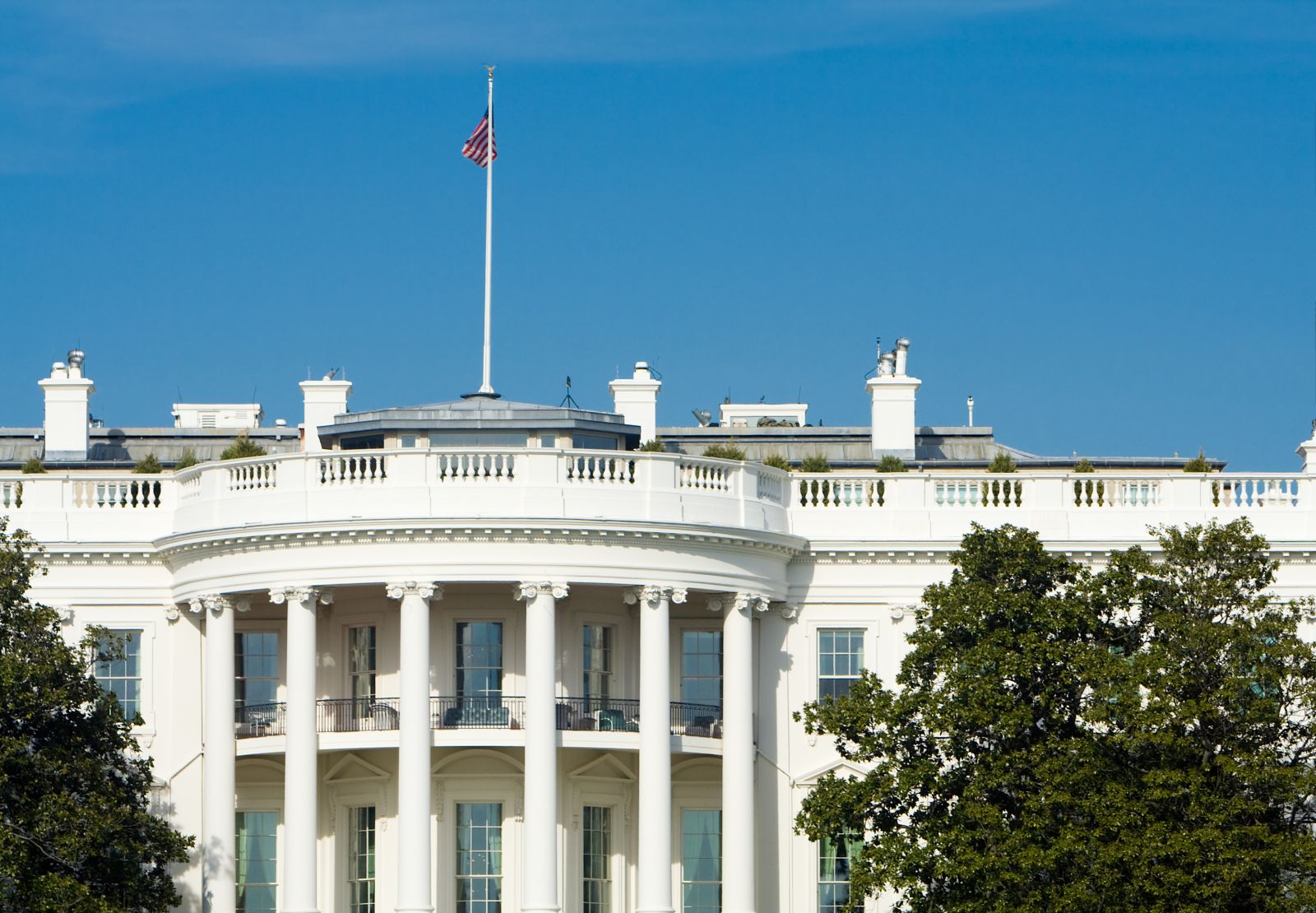April Fools' Day Gets Postponed

April 1 seems to have lost its magic, probably because every day seems like an episode of a bad sitcom. Another geopolitical crisis, another tariff threat: it all sounds like a bad joke, but no one is laughing.
Today, the punchline falls on so-called “Liberation Day,” although it remains unclear what exactly the U.S. is “liberating” itself from other than common sense. Yesterday, it was rumored that the president had already decided to impose retaliatory tariffs on countries with which the U.S. has a considerable trade deficit.
Will there be a Hollywood ending? By definition — no, since it requires 'an improbably fortunate outcome' — yet markets, including the S&P 500, cling to hopes of compromise: delayed deadlines or softened tariffs. In any case, the moment of truth will come at 16:00 Washington time with a “victory” speech.
In the meantime, it is worth remembering what these tariff games could mean for the US: higher inflation and unemployment, lower economic growth, and, as a bonus, worsening relations with the rest of the world. The latter is especially important, as it could weaken global demand for U.S. Treasuries.
For the rest of the world, losing access to a major consumer market or facing higher costs can hurt company profits and the taxes they pay, impacting the economy. It’s no surprise that most countries have been cautious, hoping — like they did in February and March — that Trump might back down.
But the stark reality, echoed by most economists, is this: there are no real winners here. Even if the U.S. gains a short-term advantage, the long-term consequences will be far greater. That very calculation has fueled the relentless rise of gold prices, propelling it to record highs as investors brace for the storm.
Meanwhile, the macroeconomic backdrop is increasingly murky. The latest US manufacturing PMI plunged to 49 in March — a contraction — with new orders plummeting (-3.4 points to 45.2), while the price index rose to 69.4 from 62.4 in February, marking its highest level since mid-2022.
So what we have is a clear picture of stagflation that increasingly reflects the mood of U.S. consumers.
In this environment, the next moves by central banks are far from obvious. The Fed will likely remain on the sidelines, waiting to see how tariffs evolve before making significant decisions. This uncertainty is never good news for markets unless we are talking about safe-haven assets such as gold.